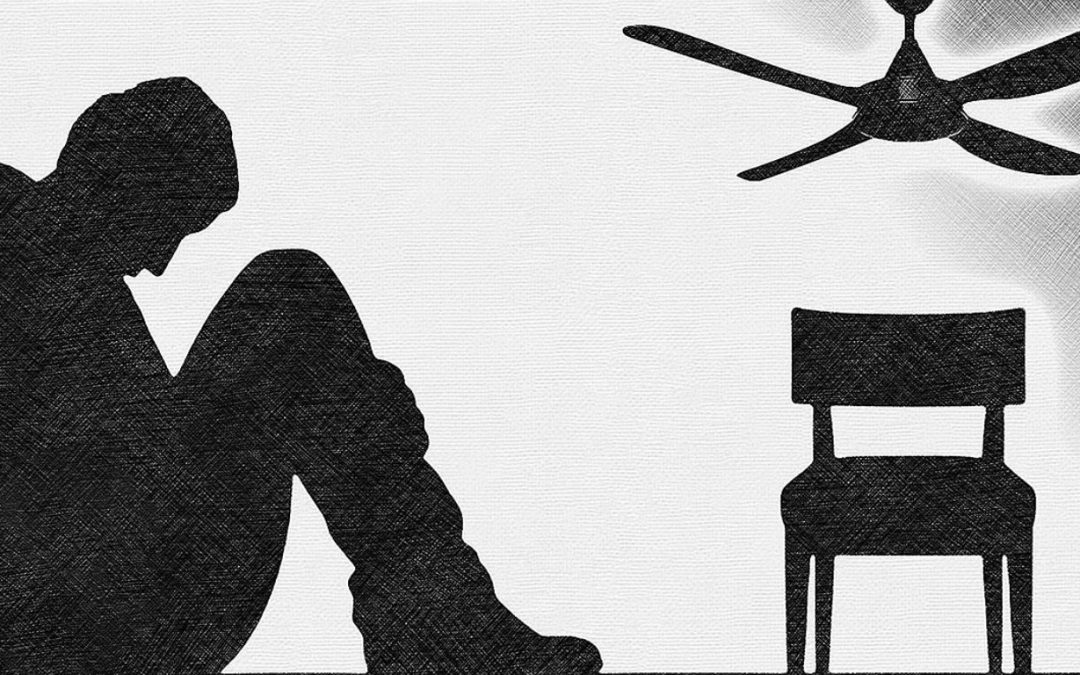
by Salem G. | Apr 14, 2022 | Dashboard, Visualization
Suicide is something no one wants to talk about, the majority of people who are feeling down don’t openly talk about it. The highest population that is being affected are countries that are surrounding Russia, and in South Africa. There are 800k people commit suicide each year, this is due to many economical issues in these countries. Imagine Karim a husband and a father of 2 living in a country where the basic human needs are neglected. Now Karim is struggling to find a job due to the high unemployment rate, this means he is not able to feed his wife and kids. Imagine being in his place in a country with a 26% unemployment rate. People that are unemployed have a higher chance of commit suicide due their mental health taking a hit this could spiral own a dark hole which is hard to come out off. Unemployment forced 40% of the population to suffer from severe or moderate food insecurity and this is the disruption of food intake or eating pattern due to the lack of money and other resources. Now Karim can’t just feed his family but also can’t get the basic human needs.
All these problems correlate strongly with the Social protection and Labor Programs when these programs are lacking the result were higher suicide mortality rate. These programs help the population in managing risks and protect them from food insecurities through various methods. Poland has a high social program and the results of the suicide mortality rate is significantly lower compared to Lesotho which is the opposite with high suicide rates and low social program . This indicates to lower suicide rates we must increase the aid to the population by offering labor market, unemployment benefits, and other programs. Now Karim can relax and calm down as help is on its way to assist him and other people who are in need.

by Sara Kaddoura | Apr 14, 2022 | Visualization
Most of us have grown up being taught the importance of education. But why is education important? Through your frustrating school years, you may have thought that it was a waste of time, or was just something that you needed to do in order to get a job. Truth be told, however, education goes so much beyond just getting a job and making your parents happy. In fact, it’s one of the most powerful tools out there.
There are numerous reasons why education is important. In general, they all have a strong connection to a person’s life goals and future well-being. It develops critical thinking, teaches a person how to use logic when making decisions and interacting with people and increases the literacy rate.
Today, the public spending on education increases continuously, but unfortunately not all countries are able to spend on education. Be it because of their economic crisis or their financial situation. There’s always something in the way of keeping people from receiving a proper education, thus a decrease in literacy rate.
This leads to adolescents dropping out of school or not registering at all. According to data from the UNESCO Institute for Statistics (UIS), about 263 million children, adolescents and youth worldwide (or one in every five) are out school – a figure that has barely changed over the past five years.
Taking Action
So, what should be done to resolve this?
– For people who cant afford education fees they can be offered help through NGO’s (Scholarships and free tuitions fees).
– For people who don’t want to go to school/University, awareness campaigns can be offered to them to acknowledge them with the importance of education.
Recommendations
All children should feel equally special no matter their financial situation. Education is vital to build a person’s personality and logic. Through the help of NGO’s and awareness campaigns every child will be able to go to school, get the proper education they need and increase their literacy rate.

by Ahmad Tekriti | May 5, 2020 | Visualization
My morning dark coffee was mixed lately with the sorrowful news regarding the collapse of the Lebanese economy. People are losing their jobs, their purchasing power, and even their hope to rise again. I felt for a couple of times that we are powerless and it’s the time to accept that hope is only a way to package the melancholic truth.
In my attempt to find any light inside the deep dark hole that we are inside, I remembered the metaphor of Lebanese phoenix that I heard about during the 2006 July war. Phoenix is the bird who can arise from the aches according to Greek mythology. Beirut, the capital of the old country, like the phoenix, was rebuilt more than seven times according to legend. So, to strengthen the glimpse of hope with actual reality, I searched for a recent stage where Lebanon was rising. I surprised when I found that between 1950 and 1974, Lebanon was in a golden stage with a GPD per capita is greater than many developed counties nowadays! So, my current concern becomes while drinking my morning coffee is how we can make the Lebanese phoenix rise again?
Note: I created this graph using tableau software based on the data from Maddison Project Database 2018.

by Jad Rizk | May 5, 2020 | Dashboard, Visualization
The below storyboard highlights and examines a correlation between the GDP per capita and population age distribution. The visualization shows a comparison between regions and across time. This correlation makes us think more about future problems like pensions, economic growth, child labor, retirement age, and possible social problems. It is worth examining further if there is causality. Are economic changes coming based on age distribution?
The dashboard is interactive. Please feel free to filter, highlight, and discover the data in more depth. The fullscreen setting will allow for a better viewing experience.

by Sari Hajjar | May 4, 2020 | Visualization
The poor economic situation in Lebanon is the result of multiple problems that led the this crisis. One of those problems is the imbalance of the exports and imports of goods and services in percentage of the country’s GDP.
It is clear that Lebanon has an export deficiency problem, with a percentage of imports double the percentage of exports, which is in turn way below the region median.




